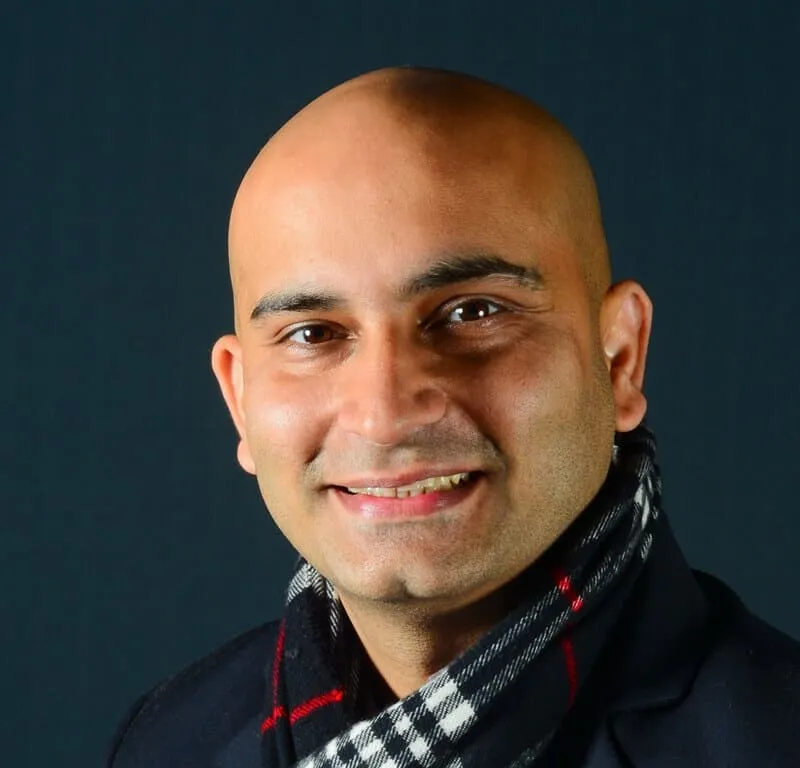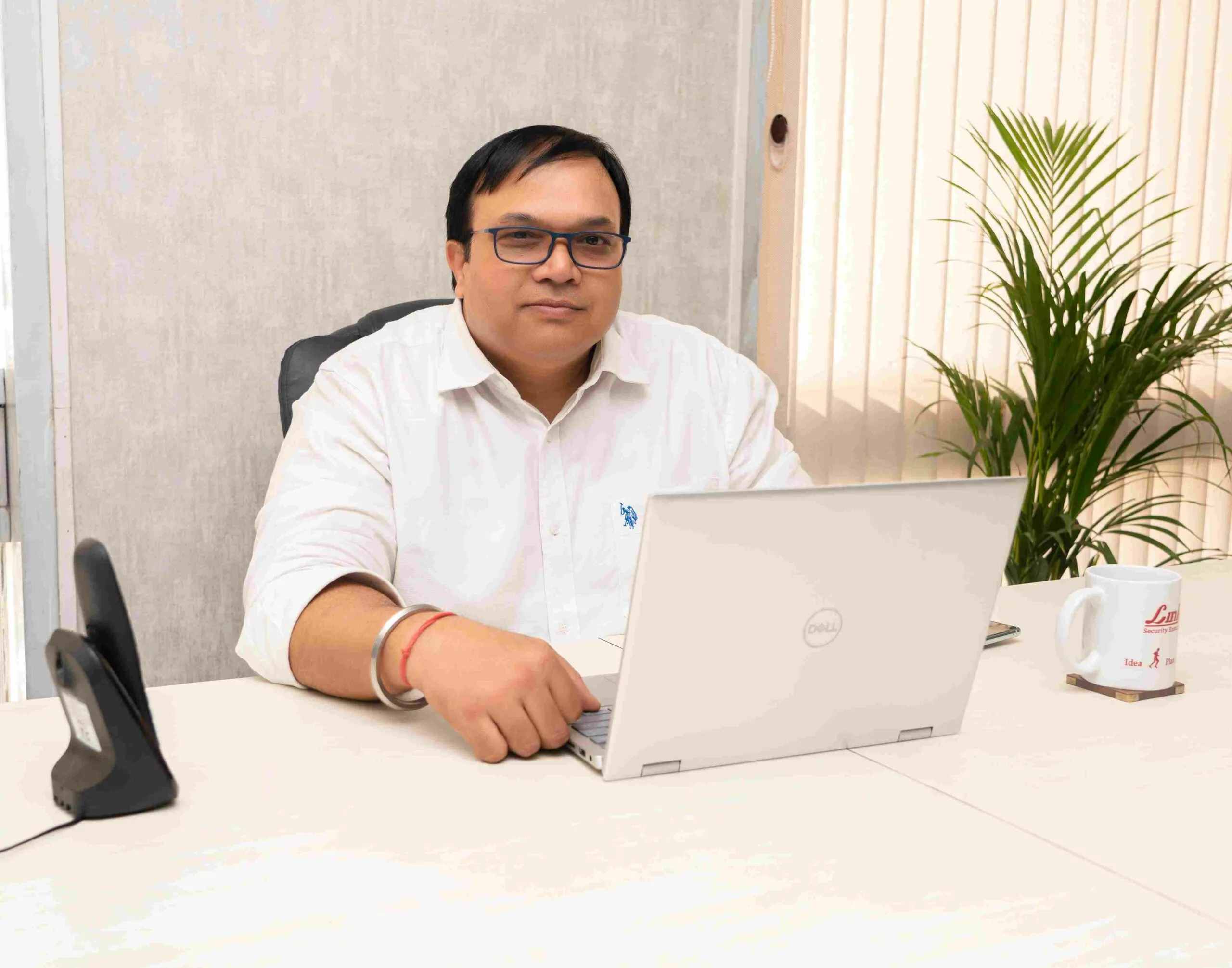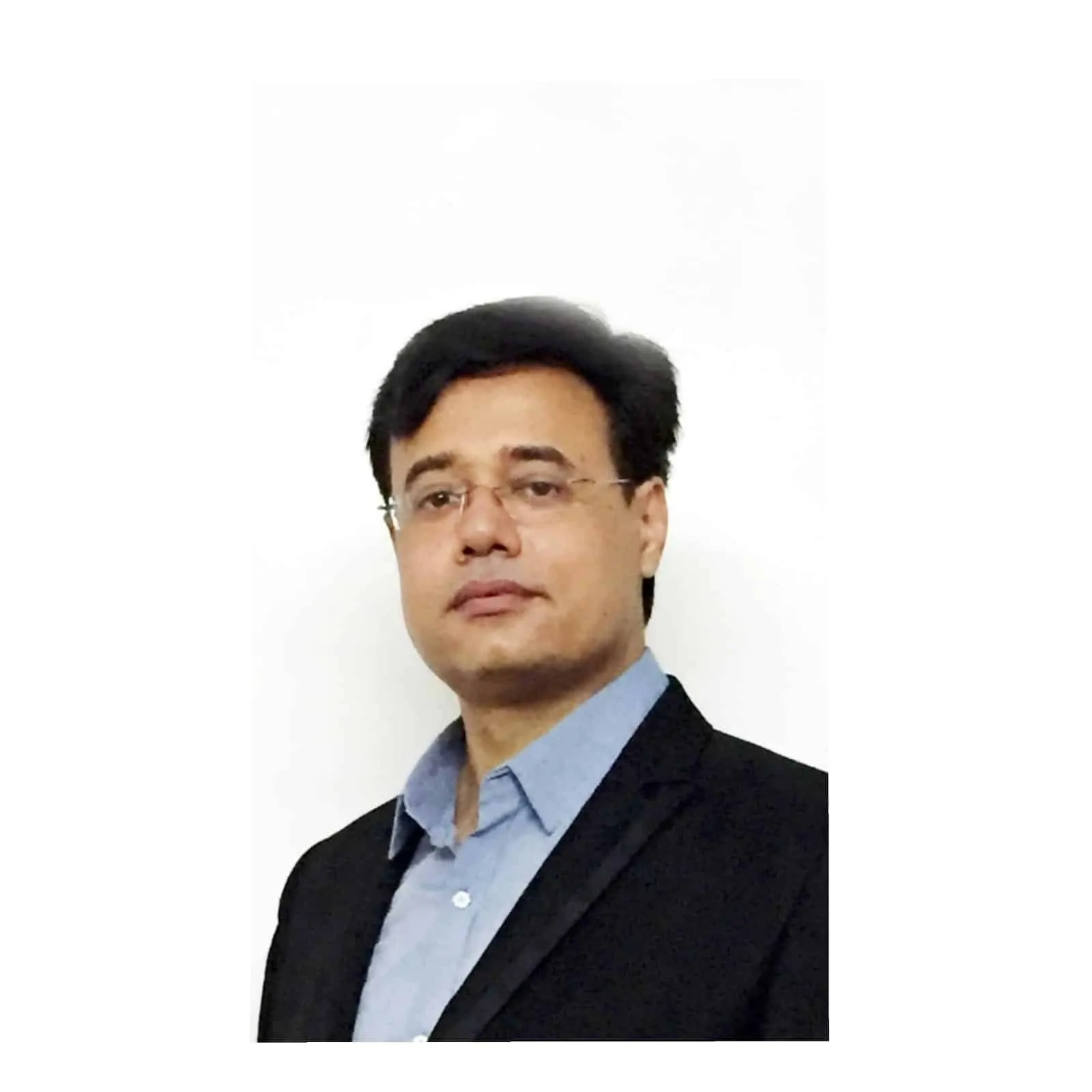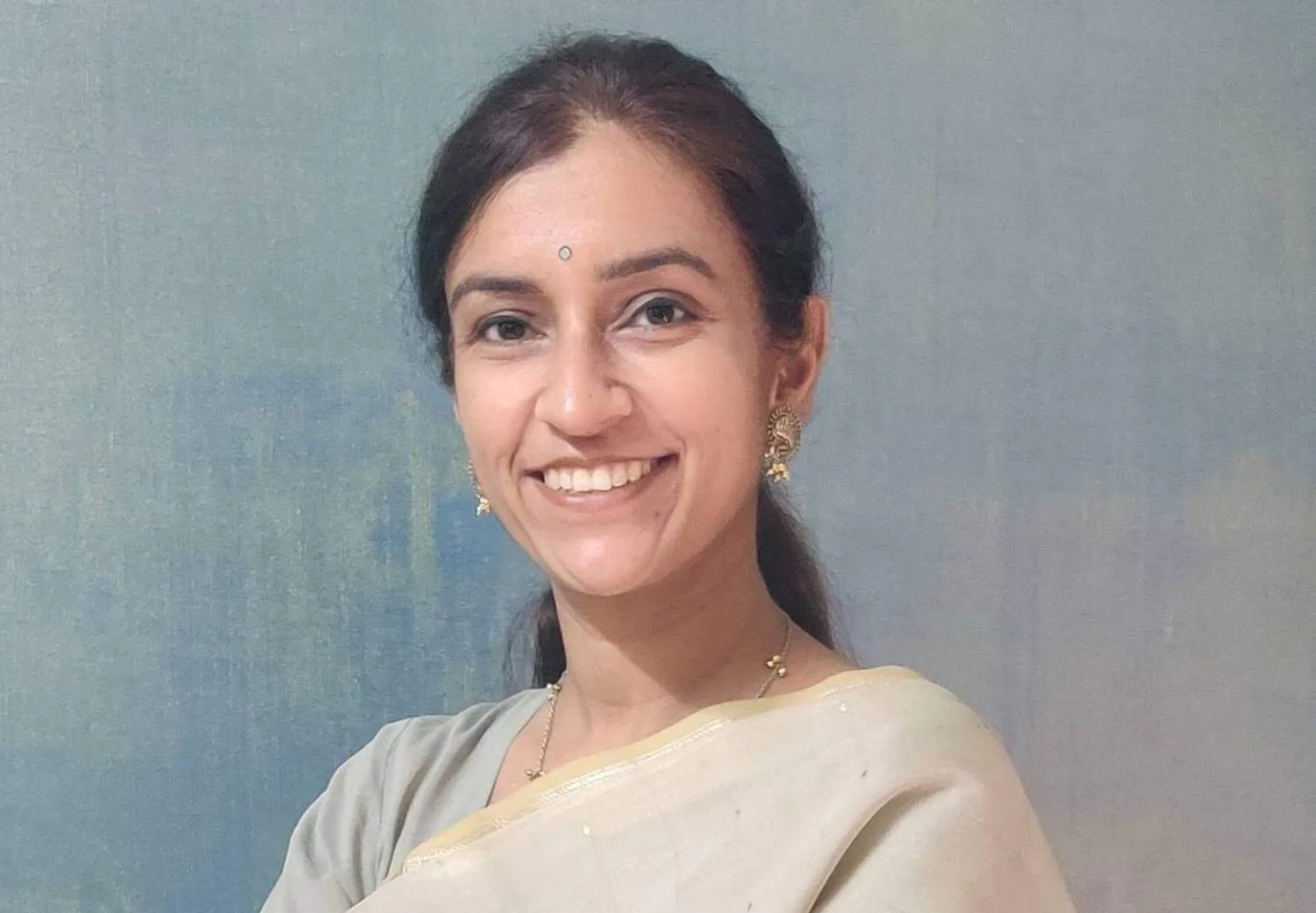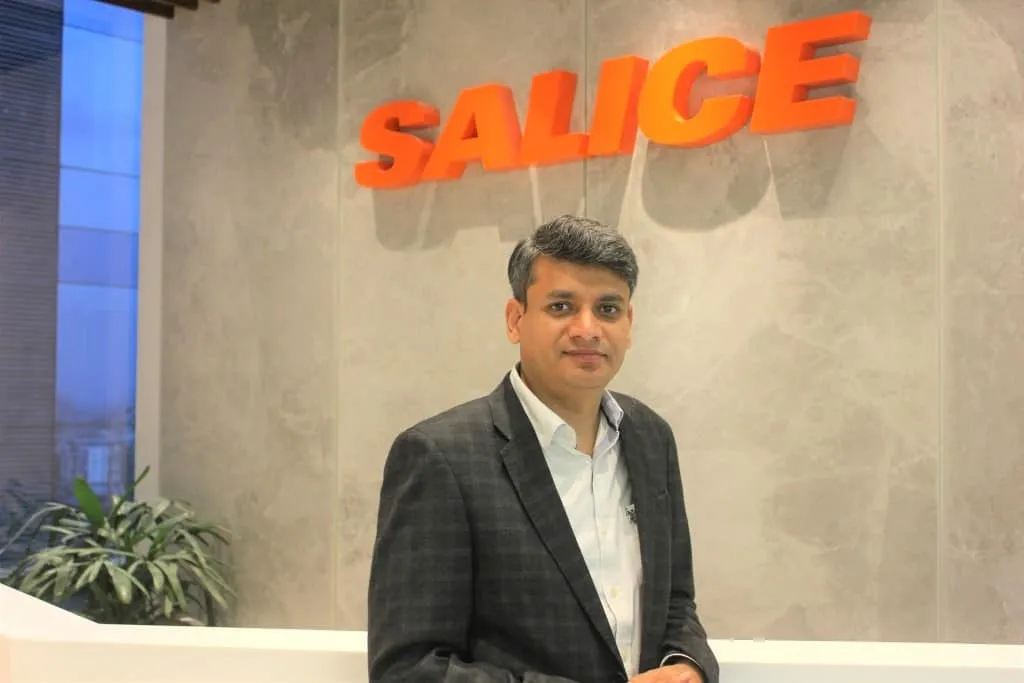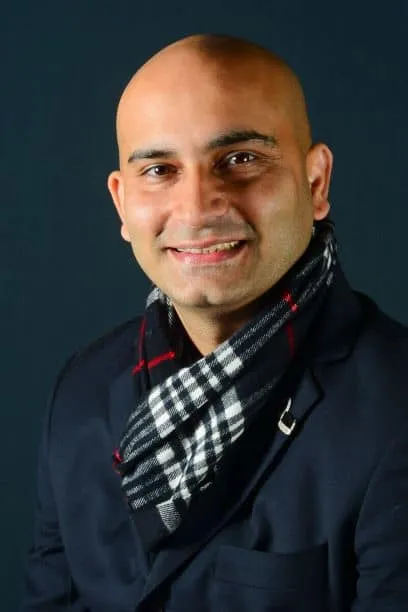
As the Indian fenestration and cladding market continues to evolve, the customers get to experience quality international solutions. One such player in this segment – Mixx Windows offers a range of luxury door and window systems and cladding solutions from some of the best names in the international markets. Buildingandinteriors.com speaks to Mr.Abhinav Gaind, Managing Director, Mixx Windows on the company’s product portfolio and it’s endeavour to offer high-end fenestration and cladding solutions in the Indian market.
B&I: Mixx Windows operates in the fenestration market. Tell us about the company and it’s solutions.
AG: Mixx Windows is a one-stop-shop for luxury fenestration and façade cladding solutions. Mixx Windows represents some of the top European brands in India including Metra Italy, Secco Sistemi Italy, Klimaflex Germany, Otiima Portugal, Renson Belgium, Aurubis Finland, IMAR Spain, Acristalia Spain to name a few.
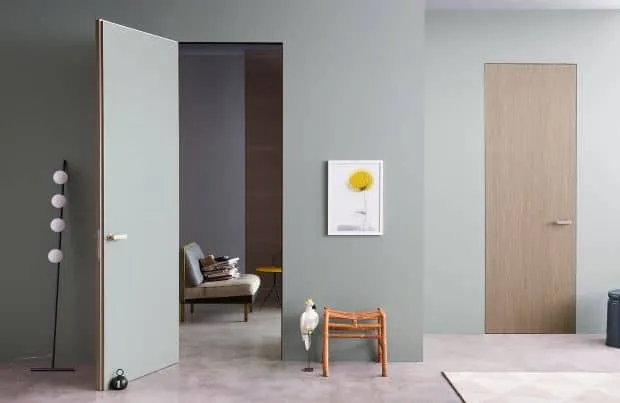
B&I: What are the scalability challenges in your line of business? How is your geographical spread in terms of delivering your solutions across India?
AG: There are many facets to our scalability challenges. Every client is different. As a result, every Architect wants something different for his project. Cost-effectiveness is an underlying brief across any clientele. So, we are bound by the budget, volume and limitations of the market dynamics – in production, installation and realisation. We have in-house engineering teams that keep working to achieve optimisation in the design intent while considering all other factors. At the broader industry level, I feel that there are common challenges. And this factor is at the fabricator and installer level. The actual site situations are usually different than those in the plans. It’s here that we need to improvise within a very short span of time.
B&I: You represent a bouquet of international brands in the Indian market. How has the association been with these brands?
AG: As I told earlier, Mixx Windows represents many premium international fenestration and facade cladding brands. For Metra Windows, we operate exclusively in the Indian sub-continent. For the other brands, we are exclusive to supply these solutions across India. We operate in a niche segment. And there remains no scope of error given our clientele. This premium segment does not offer volumes or the scales that the mass-market suppliers offer. We have invested in acquiring technical knowledge and machinery in the solutions that we offer in the Indian market. The sheer efforts and commitment needed to carry and represent these brands make our positioning quite unique.
B&I: Are you offering the same international range that is available from these brands in their other international markets or do you need to do some customisation on the India range? If yes, can you give some examples?
AG: Fortunately, we have been clear from the very beginning that India cannot be treated as an inferior market. Most of our clients have travelled well and understand the difference between a premium product and a compromised solution. At Mixx Windows, we deal in 100% European systems – no compromise whatsoever. We never try to localise the solution as these are engineered solutions. Yes, I would agree that pricing is a challenge. But it pays off in the long run as the clients get the same product they would buy in Europe. So much so that even the finishing of profiles is done in Europe whether powder coated or anodised. For some price-sensitive solutions within our domain, we have a non-thermal series also from Metra and offer one colour option to minimise wastage.
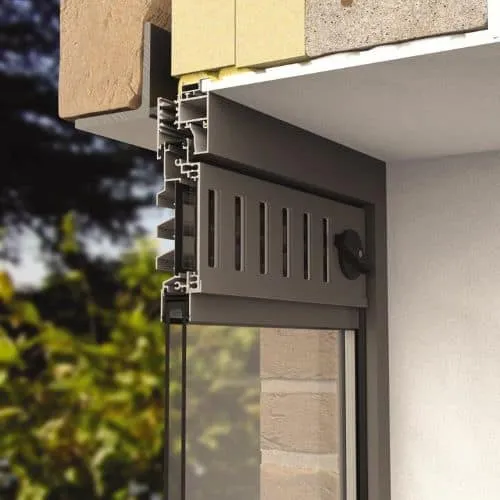
B&I: What are the synergies in between the various brands that you sell in the Indian market?
AG: The synergies are tremendous. For instance, the air ventilators from Renson must be installed in conjunction with the windows by Metra. Only a fabricator can integrate these during the fabrication process. Most of the other solutions by Renson remain also complementary to Metra – they factor in before or after installation. External sun shading is getting popular and requires space alongside the window frames. Clients and Architects usually prefer a single point of contact for seamless integration of solutions around windows.
B&I: Architects and Interior Designers are always interested in new solutions in the market. At Mixx Windows, what are your talking points to them?
AG: You put it right. New solutions always interest the Architects and Interior Designers. Our talking points are exactly on these lines. We talk about the new innovations that our respective brands have recently launched globally. At Mixx Windows, we translate those launches into their availability in India on an immediate basis. To give you an example, we have recently launched a new Frameless Door solution. Here, you can have push or pull left or right opening. Moreover, you can adjust the all-concealed hardware on-site. This designers really appreciate this flexibility.
B&I: Do you also work with Facade Consultants? How is your approach for a Facade Consultant different from that of the Architect/Interior Designer?
AG: Yes, we work with Facade Consultants but on a very selective basis. This happens especially when they are looking for specific solutions. In our experience, most of the times, the big builders for big high-rise projects hire the Facade Consultants in India. Because of various factors and limitations many times, the builders try to look for the cheapest local option. Since our solutions don’t cater to that market, our work with Façade Consultants is very project-specific.
B&I: The Indian fenestration market is highly fragmented. Add to that the non-standardisations in sizes, etc. Regulatory frameworks also are not there. How do you see these factors in your business?
AG: Yes. That’s the situation in the Indian market. I see this as both a blessing and a curse. The fragmented and non-standard market opens doors to customised solutions which stand out. I personally don’t see standardisation in the fenestration market gaining ground. India is a complex market where you can sell a Maruti and you can sell a Rolls Royce….it all depends on what market you would like to address.
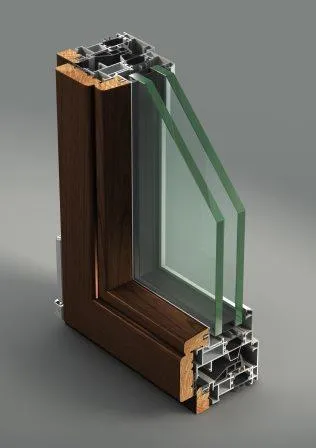
B&I: What is your market segment? Which brands would you count as your competitors?
AG: The segment we address is quite spread-out. As a company, we try to address a wider market. While we surely focus on premium fenestration solutions, we can not only survive solely on this segment. So we have to address the mid-premium segment as well. Our competitors in the luxury segment are Vitrosca and Panorama while in mid-premium are Reynaers and some German brands to a certain extent.
B&I: What is your take on the doors and window systems as seen and perceived by the buildings industry – Architects, Consultants and the Clients. Mention your points of concern, which if addressed, would help the fenestration industry move to the next level
AG: Well, we have been moving from traditional wooden windows to crude aluminium windows to uPVC windows and now to engineered certified window systems. Of course, the industry is growing and transforming rapidly and we, as an industry, are progressing on the learning curve.
Many Architects have moved from traditional on-site fabrication to well-planned solutions where the city has been integrated well in advance. For instance, in minimal window systems where the gutter needs to be planned well in advance and integrated with stone/civil/plumbing etc. The challenge is to train various stakeholders involved in this line of work. Communicating the same right up to the execution (labour level) at the site is equally important.
We need to address all the variables involved right in the beginning. Problems arise when we try and integrate a system mid-way. This triggers a domino effect, not just on a particular system in focus but many others around it, some which may even look unconnected. Certain building systems, including fenestration, have a very minimal tolerance level and cannot work properly if the basic installation procedures are not followed. Besides these, there are standard site issues, which I think we can avoid by using basic gadgets and laser levels.

